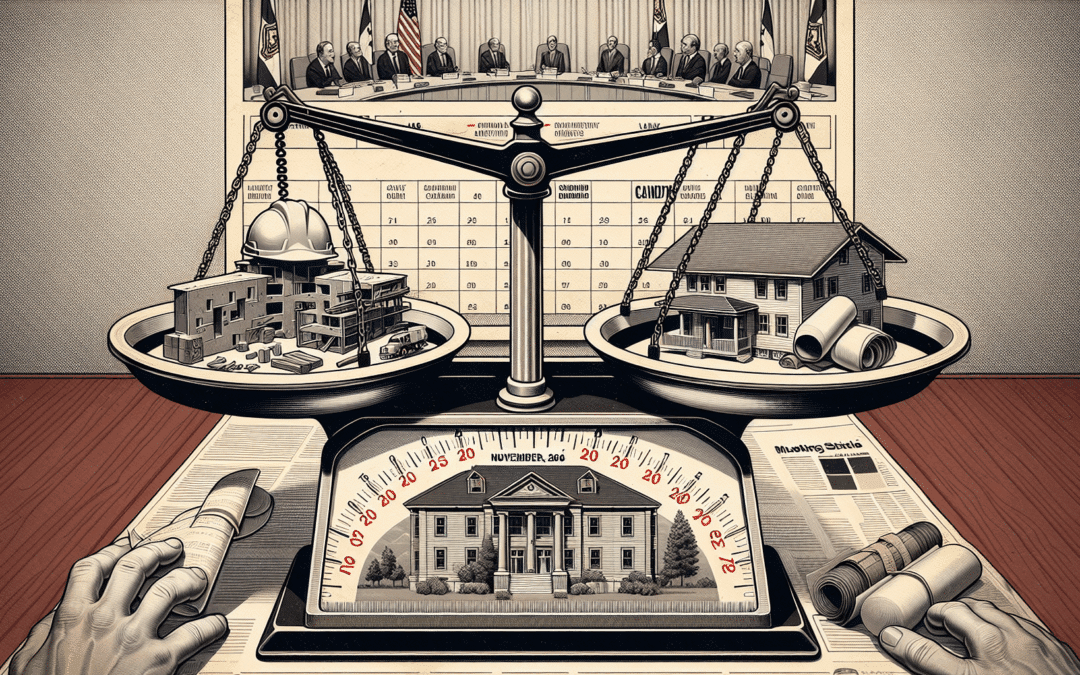British Columbia Caps Rent Increase at 3% for 2025: What It Means for the Construction and Real Estate Sectors
Understanding the Rent Control Policy
In a strategic move to match the economic tide, the government of British Columbia has announced a cap on the maximum permissible rent increase for the year 2025. This limit is pegged at 3%, down from the 3.5% increment that was allowed in 2024. While this policy primarily affects renters and landlords, its ripple effects extend to other sectors, notably, construction and real estate.
An understanding of this governmental policy provides a pivotal foundation for analyzing its repercussions. As such, it is crucial to ask: What does this policy entail? How does it coincide with the economic landscape? And, most importantly, how does it affect those of us grappling with construction and real estate development?
The Rationale Behind the Policy
At first glance, aligning the rent spike to the inflation rate appears to be a simple and fair solution. Not only does it protect tenants, but it also ensures that landlords aren’t at a loss, accounting for the rising costs they face. In essence, this policy manages both sides of the coin – affordability for renters and viability for landlords.
The question left answered: How might this policy influence property construction and real estate development in British Columbia?
Impacts on the Construction and Real Estate Sectors

The policy’s most immediate impact on the construction and real estate sectors is likely to be adjustments in their strategies. These industries, just like any other, are influenced by market trends, government policies, and, importantly, profit potentials. A cap on rent increases can influence decisions on upcoming projects, transformations in architectural plans, and the overall pace of progress in the construction sector.
For home builders and developers, understanding and adapt to these changes is pivotal. Professional support likeengineered drawings anddesigning efficient spaces becomes more critical to strike a balance between costs and returns.
A Look at Future Implications
As the construction and real estate sectors grapple with the implications of this new policy, they would need to adapt their strategies without compromising on their offerings. One possible approach could be focusing on constructing more space-efficient homes, using cost-effective and high-quality materials likesteel buildings .

Conclusion
The government of British Columbia’s move to cap the maximum allowable rent increase is a mild shockwave that ripples across different sectors, each grappling with its unique repercussions. Within the construction and real estate spheres, professionals are expected to pivot their strategies, crafting creative solutions in response to the shifted landscape.
Keep apprised of these developments by tuning into our blog, where we dissect these shifts and delve into comprehensive examinations of other related news. For more insights into how this policy might affect you as a developer, homeowner, or potential renter, the original news report provides a detailed explanation.
Do you have any views or experiences related to this? Leave a comment below to contribute to the conversation. Your input can be a valuable resource for our readers navigating the construction and real estate landscapes in these changing times.




